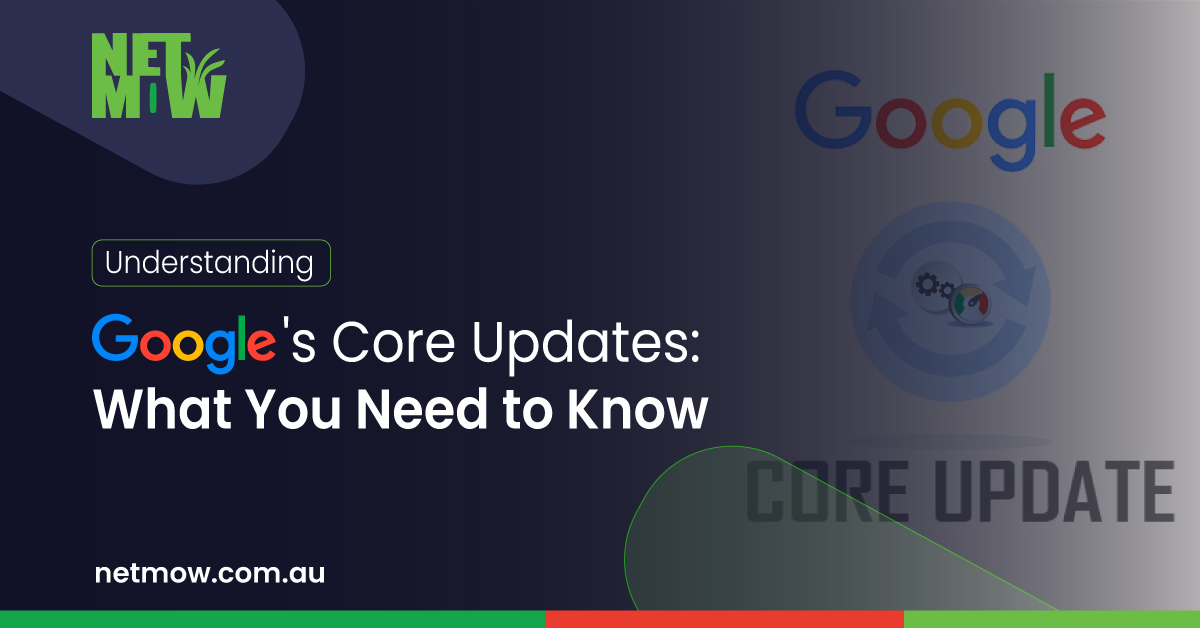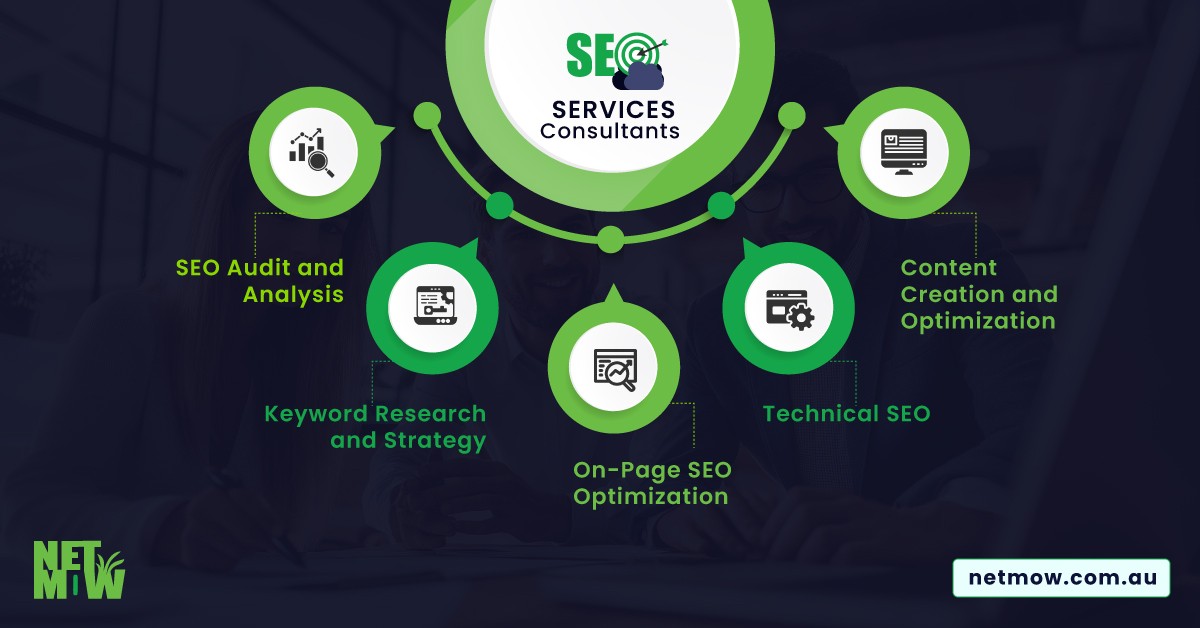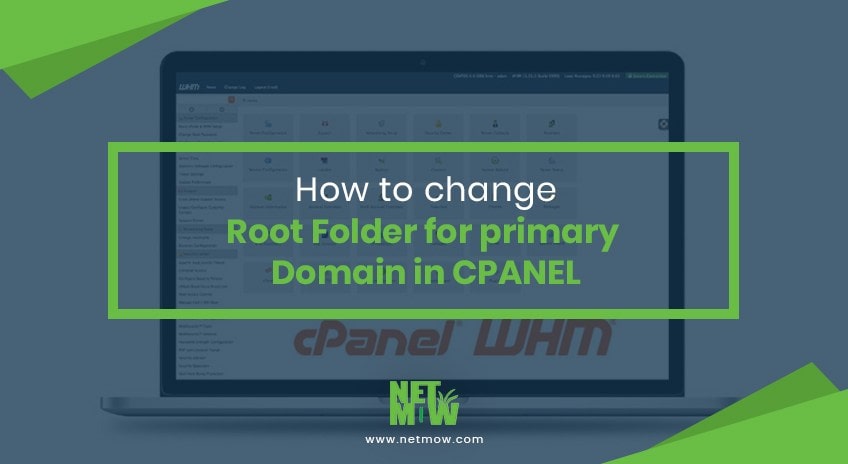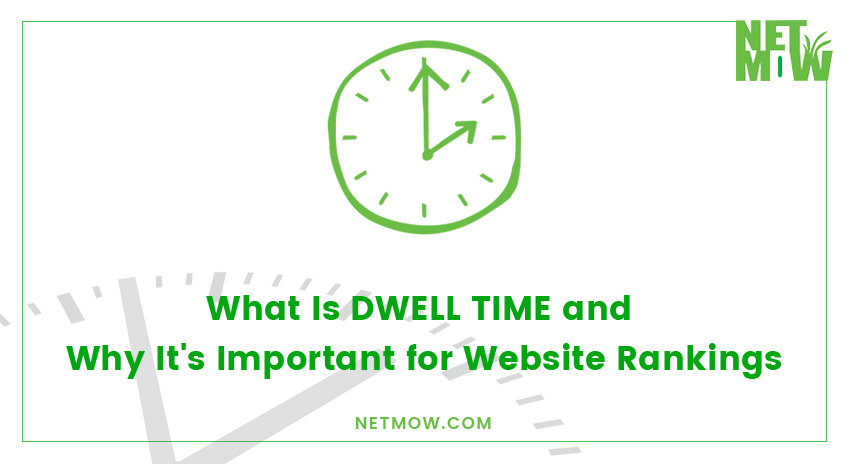
Dwell time when it comes to websites simply means the number of time visitors spend on a page on your site. The longer the dwell time, the more this indicates to Google and other search engines that the piece of content is of value to the reader. Dwell Time is a metric that plays a huge role in website rankings as Google Tracks the data of all individual users anonymously.
There are two major reasons you want to keep visitors on your site for as long as possible:
- Your content is offering value and building trust and a relationship with your visitor
- Google uses dwell time as one of its ranking factors
With point one, the whole idea of attracting visitors to your business website is to get them interested and engaged in some way. Having content that adds value or provides some sort of solution will help gain that visitor’s trust. If you can gain their trust, then you are a long way towards gaining them as potential customers.
When it comes to pointing number two, if someone visits a page on your website and clicks off after a few seconds, this tells Google that either the content was misrepresented and wasn’t what the visitor was looking for, or the content was of low quality and of little value.
If people bounce quickly on a regular basis, this then indicates to Google to basically ignore that piece of content and rank other similar content more highly.
Google uses an algorithm called RankBrain to measure factors such as dwell time. Pages with a decent and consistent dwell time will be ranked by Google’s rank braid, while pages that fail will drop in the rankings.
Recent studies by SearchMetrics have shown that the top 10 Google search results for various keywords have an average dwell time of 3 minutes and 10 seconds. Although dwell time is just one of many ranking factors Google uses to rank pages, dwell time has been proven to play an integral role in garnering high search engine rankings for content.
Whether you are trying to impress Google or your readers (and ideally you should be aiming to do both), if people are staying on your pages longer, then likely it’s because they are enjoying your content. No one is going to waste over three minutes of their life reading something that basically sucks.
Ways To Improve Dwell Time
One of the most obvious ways to improve dwell time is the content length. This doesn’t mean bashing out some long-winded bit of script filled with fluff and repetition. Content that is shorter and more to the point is always better than content that has been stretched out needlessly, as this will just bore the reader and they’ll leave before even finishing it. If everything in the piece of content is relevant, then the longer it is, the longer the visitor is going to stay on the page.
A major cause of a high bounce rate is content that’s not relevant or relevant enough. Sometimes you’ll see clickbait titles in search results or social media ads. You are enticed to click on the content thinking it’s about a particular subject, only to find the landing page is about something else entirely. Not only is this not relevant to what the visitor was first interested in, this kind of click bait behavior will lose a reader’s trust quicker than anything.
Weak content is another reason why people might leave after only a few short seconds. Even if the content is relevant, if it doesn’t contain enough “meat” to answer a question or provide a solution, then the visitor will simply leave and search for something better.
Internal linking is another ploy to keep visitors on your site engaged for longer. If you run a blog on your business website (and it’s a good idea too), then you will likely have other relevant posts to link to.
If a visitor is reading your blog post and sees a link to other content that is relevant, then they may click through on that link and read the second article as well, all improving your website dwell time overall.
The Takeaway
Give your visitors good reasons to stick around and you will improve that all-important dwell time and rank higher in search results.
If you want to know, how you can build your brand… you may contact us
https://netmow.com/20-website-load-time-statistics-infographic-how-speed-affects-your-website/
Related Article
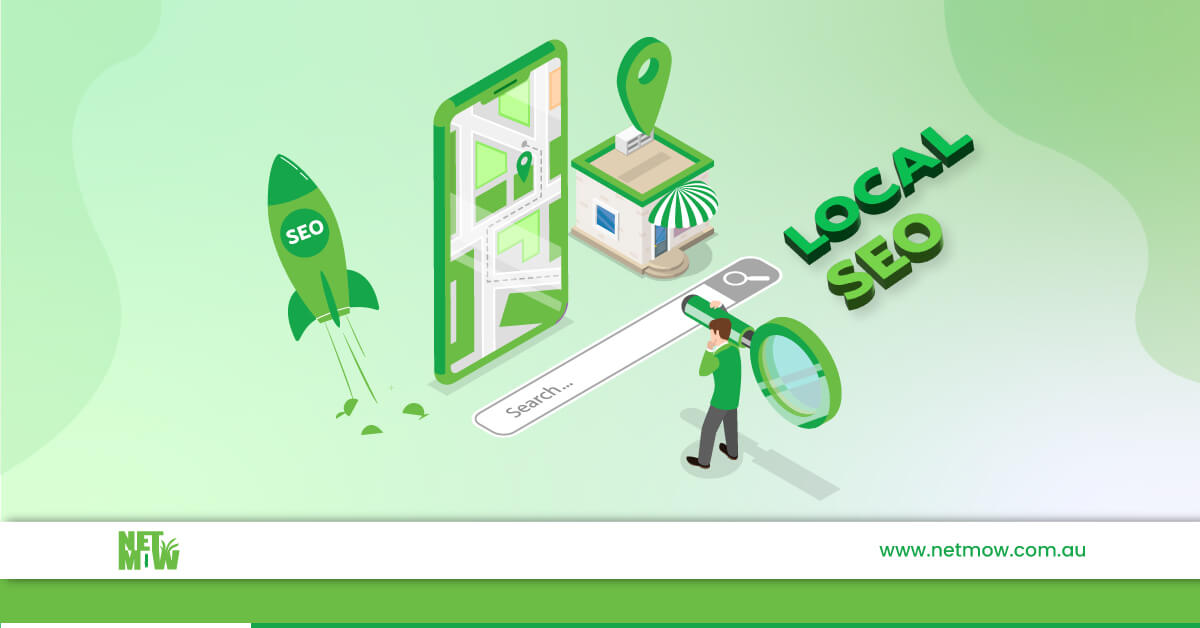
Boost Your Business with Local SEO Gold Coast Secrets Unveiled

Gold Coast Mobile SEO – Optimise Your Business Website for Mobile Users
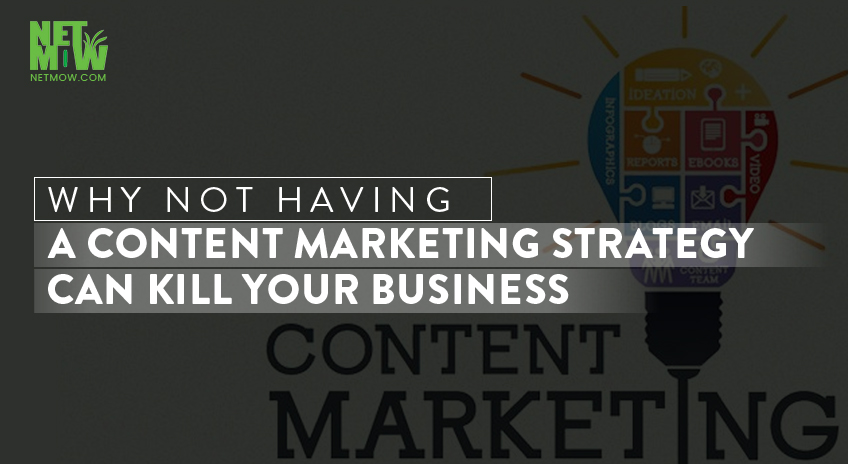
Why Not Having a Content Marketing Strategy Can Kill Your Business
